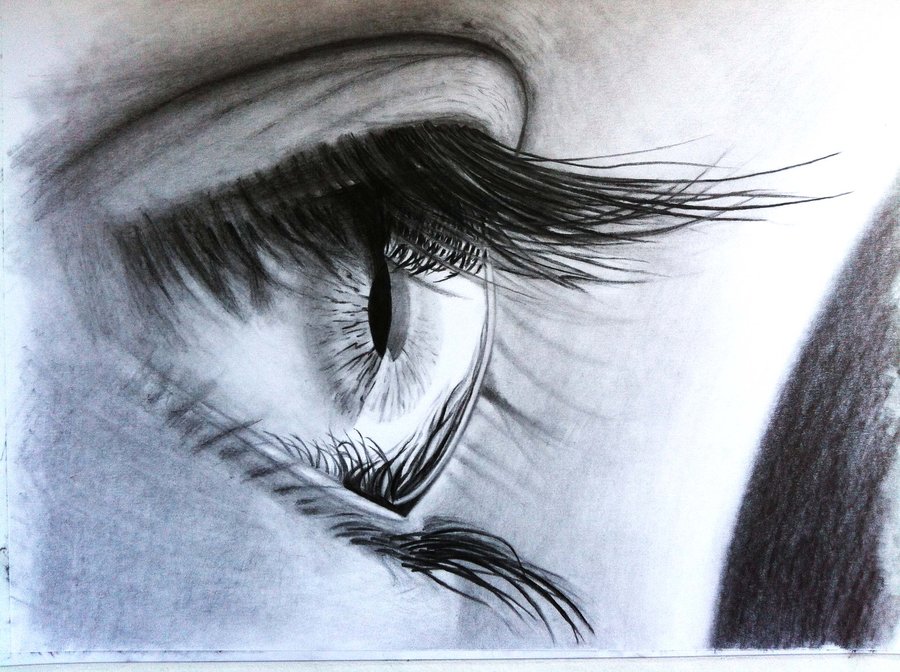Using Science to Reshape the Advertising Industry
by Lindsay Rowntree on 14th Mar 2016 in News

Innovative tracking technologies are reducing the reliance of marketers on investment in traditional qualitative and quantitative research in the form of consumer surveys and focus groups. ExchangeWire speaks to Lisa Menaldo (pictured below), managing director UK, Sublime Skinz, who delves into the different technological techniques available to advertisers who want to determine reactions to their ads by understanding the human mind.
Winning three Oscars came as no surprise to the makers of The Revenant. Thanks to bio-analytic testing, they already knew the impact the film had on audiences – 15 fight or flight responses, 14 heart-pounding moments, and 4,716 transfixed seconds.
The film industry is no longer relying on critics’ opinions and awards to judge responses to its creations, but is instead employing advanced scientific methods developed by psychologists and neuroscientists to gauge audience reactions. And it is not alone. The advertising world is also leveraging these scientific techniques to tap into the human mind, determining how ads are received and using the insights gained to influence emotional and rational decision making.
So, what techniques are available to advertisers keen to understand the impact of their creative, and how is science reshaping the advertising industry?
Biometric tracking gets to the heart of audiences
With the rise of wearable technology in the form of smartwatches and fitness monitors, biometric testing is becoming an increasingly common way of measuring consumer emotions and reactions. By using measurements including heart rate, body temperature, and activity levels, marketers can identify emotional states such as excitement and fight or flight responses. During biometric testing at a screening of The Revenant, heart rate, skin moisture, movement, and audible reactions were recorded using wearable wristbands. The study found the film had a dramatic impact on the emotional state of the audience, triggering a total of 15 fight or flight responses during distressing scenes. It is expected that the results of such tests – undertaken earlier in the film production process – will soon be used to inform marketing campaigns as well as how films are edited.
Brands are already harnessing biometric tracking to create unique marketing campaigns, and Jaguar used the technology to engage tennis fans on social media during last year’s Wimbledon tournament. Select fans attending the matches were given biometric wristbands which – in combination with built-in ground sensors – measured heart rate, movement, and location to gauge sentiment around the court. Live updates of crowd mood were posted to Jaguar’s social media channels to engage fans outside the venue.
Currently, biometric tracking is largely used to provide data to inform future actions or campaigns, but in the coming years this technique is likely to be used proactively in real-time to understand how consumers are feeling, and serve them with advertising that best suits their emotional state.
Facial recognition puts a smile on marketers’ faces
 Biometric testing isn’t the only way to assess a consumer’s reaction to an advert – facial recognition is another technique gaining popularity. This technology is seen as more effective than digital metrics, such as clicks, likes, and shares, or traditional methods like surveys, as it is a passive, unconscious expression of sentiment. The technology can use webcams or smartphone cameras – with the user’s consent – to register facial reactions to ads and determine how they are received.
Biometric testing isn’t the only way to assess a consumer’s reaction to an advert – facial recognition is another technique gaining popularity. This technology is seen as more effective than digital metrics, such as clicks, likes, and shares, or traditional methods like surveys, as it is a passive, unconscious expression of sentiment. The technology can use webcams or smartphone cameras – with the user’s consent – to register facial reactions to ads and determine how they are received.
The most recent example of facial recognition being used to measure the impact of ads was during the Super Bowl. Researchers showed the Super Bowl’s TV ads to a small test group and took photos of their faces every three seconds to determine emotional response. Possible reactions to the ads included ‘happy’ where the cheeks rose in a smile and the eyelids tightened, and ‘off-putting’ where the eyebrows moved together in a frown. BBC Worldwide, the commercial arm of the corporation, has also been using facial recognition techniques with a larger test group to determine the effectiveness of native advertising on its website, categorising emotional responses into sadness, puzzlement, happiness, fear, rejection, and surprise. The results of these studies allow brands to test new ad formats to see how they are received. They also provide factual, scientific data on which to base creative strategies.
Facial recognition is often used to create fun, engaging campaigns, such as the Douwe Egberts airport coffee vending machine that delivered a free coffee when it detected the person in front of the machine yawning. However it also has more serious uses. A digital billboard in Mexico displaying an ad for a political candidate contained a camera that captured the facial expressions of passers-by. These expressions were analysed to determine the emotions the candidate’s ad was eliciting, allowing the creative to be modified to maximise its appeal.
Over the coming months and years, the uses of facial recognition technology will expand beyond simply reading consumers’ expressions. An Apple patent indicates the brand may be looking into the use of facial recognition to aid photo sharing, and some suggest it may also use this technique as a method of unlocking the iPhone. American ad agency RedPepper is working on facial recognition Facebook check-ins, where cameras installed in business premises recognise visitors’ faces so they can be sent personalised deals based on previous Facebook interactions such as likes.
Eye tracking helps advertisers take a closer look
A third type of technology already being extensively used to help advertisers understand how consumers respond to ads is eye tracking, which determines where someone is looking and for how long. By using metrics such as stand out (the percentage of people who look at an ad) and dwell time (the time they spend looking), advertisers can create heat maps to illustrate browsing behaviours. This allows the development of creative best practice for digital ads, and the inclusion of visual clues to guide consumers to the most important features.
Last year, eye tracking was used by Skoda to promote the new Fabia through an interactive experience called 'Fight for Attention'. Using the viewer’s webcam, pupil movement was tracked during a 90-second split screen film to determine which of the two films received more of the viewer’s attention. The results were fed back to the individual, personalising the experience and increasing engagement. The technology was also used by Virgin Mobile in its Blinkwashing campaign, where the viewer could change the on-screen video within the ad by blinking their eyes.
These examples show how eye tracking can be used to make campaigns more interactive and put the user in control, but the real benefits are only just beginning to be explored. Until recently, the tech involved in eye tracking was prohibitively expensive, and the process rarely took place outside the laboratory. But advances in technology – such as the development of eye tracking glasses from Tobii – are bringing the technique into the mainstream and making it more widely available for measuring audience response.
Long gone are the days when marketers would rely on consumer surveys and focus groups to plan and measure ad campaigns. With the rise of innovative tracking technologies, advertising is now a scientific discipline. Whether it’s observing the emotional reaction of movie goers through biometric wristbands, or understanding how consumers respond to digital ads through eye-tracking glasses, we’re only just beginning to scratch the surface of what science can do for the advertising industry.
AdvertiserAnalyticsDisplayMeasurementTechnology








Follow ExchangeWire